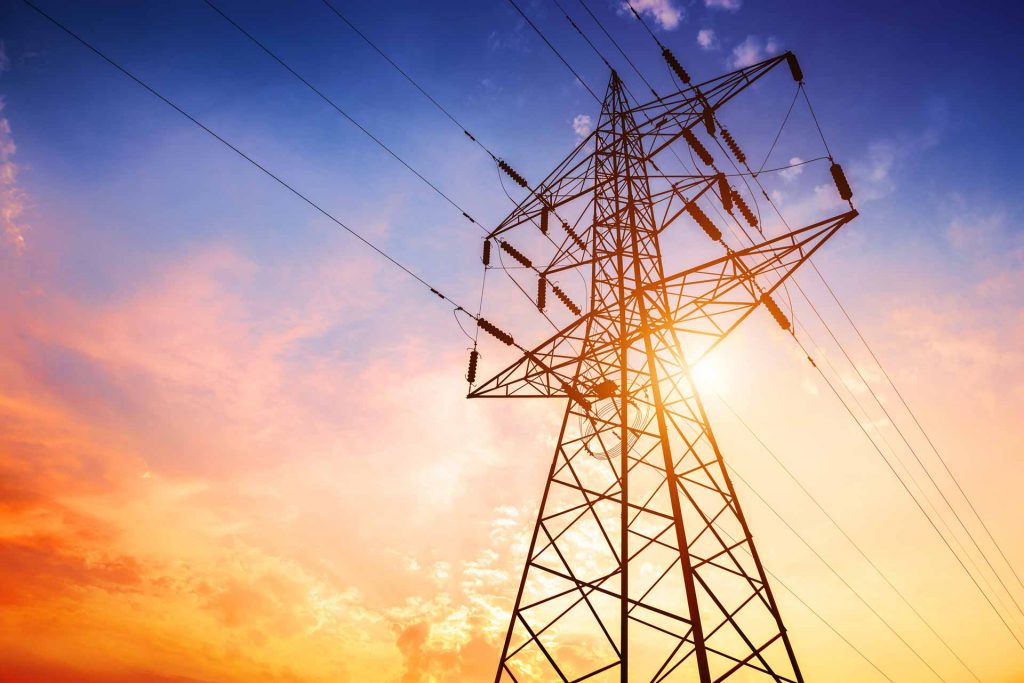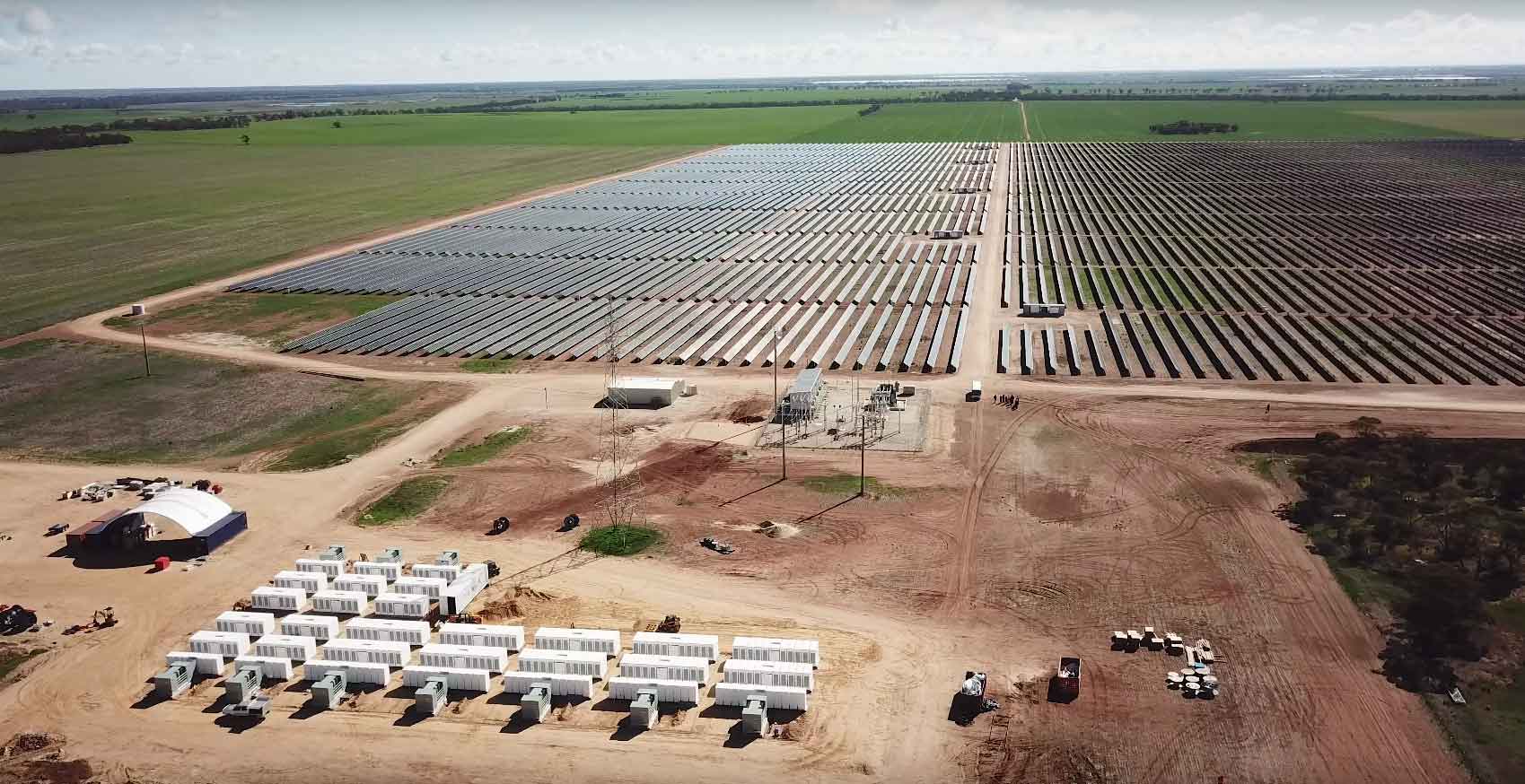Solar wind power generation to grow nine-fold: AEMO
Utility-scale solar wind power generation is predicted to grow from 15 GW to 140 GW by the 2050s, according to the Australian Energy Market Operator (AEMO).

Solar wind power generation
AEMO’s Draft 2022 Integrated Systems Plan (ISP), released last Friday, outlines exponential growth in renewable generation, particularly solar wind power generation as well as a doubling in electricity consumption as transport, heating, cooking and industrial processes are electrified.
The ISP serves as a whole-of-system plan, offering a roadmap for the development of the National Electricity Market (NEM) over the next 30 years.
‘Step change’ now most likely scenario
The Draft ISP outlines a significantly faster transition to renewable energy than previously predicted, with AEMO now viewing the ‘step change’ scenario to be the most likely.
While the previous 2020 ISP assumed a less ambitious ‘central scenario’ as the most likely pathway for the electricity transition, AEMO has revised expectations based on consultation across the energy sector.
With growth in large scale renewable projects and distributed energy resources (DER) consistently coming online faster than historical forecasts, generators, network service operators and government stakeholders have told AEMO that rapid changes to the electricity system over the coming decades are the most likely.
NEW: ‘Step change’: $12b plan for new electricity grid

Australia’s world-leading take up of rooftop solar is also predicted to continue, with the step change scenario modelling a four-fold increase in distributed PV generation from 15 GW to 70 GW.
These advances in renewable generation will be backed up with a trebling of firming capacity, including at least 30 GW of utility-scale dispatchable renewables.
“Significant investment” required.
While many of the changes forecast in the ISP are already underway, the step change scenario will require massive investment in renewable energy and close collaboration between governments and industry.
AEMO CEO Daniel Westerman said that the transformation of the NEM would require “a significant investment” in renewable generation and firming capacity.
“This transformation will efficiently deliver secure, reliable and affordable electricity while substantially contributing to national emissions objectives,” he said.
“Investment confidence will be important to delivering benefits to consumers, as the transition described in all the scenarios will require significant investment,” he said.
AEMO will be further consulting on this Draft ISP to ensure the final version provides “appropriate signals for investment” Mr Westerman said.
“It is essential that communities, governments and industry collaborate to meet the aspirations of consumers and the communities that will host new infrastructure,” he said.
On track for net zero
The electricity transition forecast in the step change scenario would keep Australia on track to meet the Australian Government’s net zero targets, while delivering broad benefits to the electricity system and consumers.
According to AEMO’s projections, an efficient transition to the NEM would deliver $29 billion in net market benefits, returning 2.5 times the investment value.
The draft ISP is open for consultation until February, with AEMO conducting public forums and accepting written submissions. A finalised ISP will be released in June 2022.
LIKE THIS STORY? SIGN UP TO OUR NEWSLETTER

ARENA